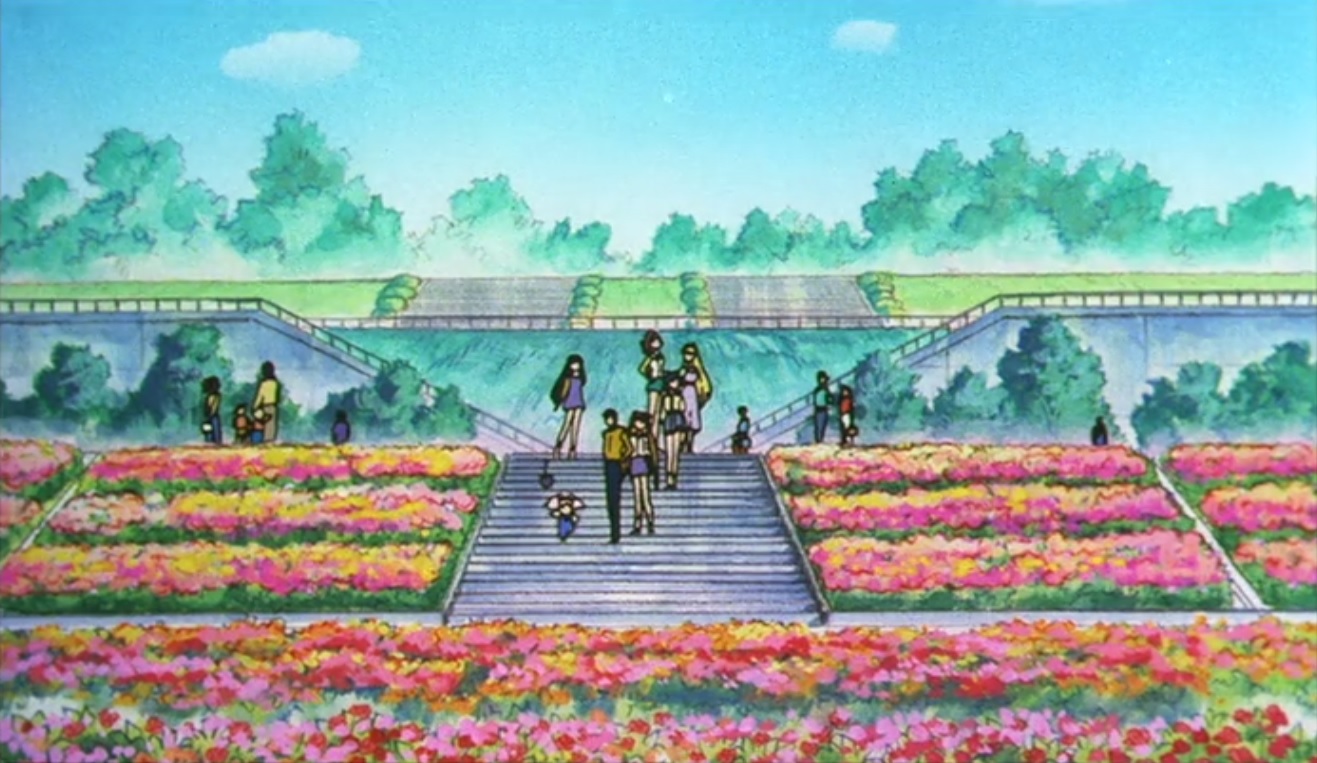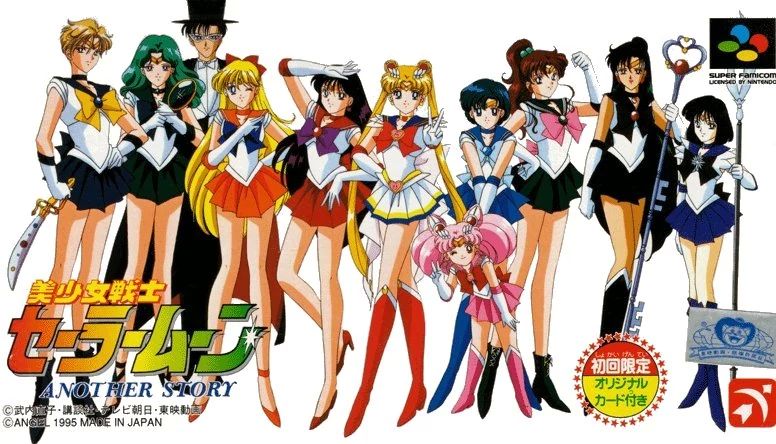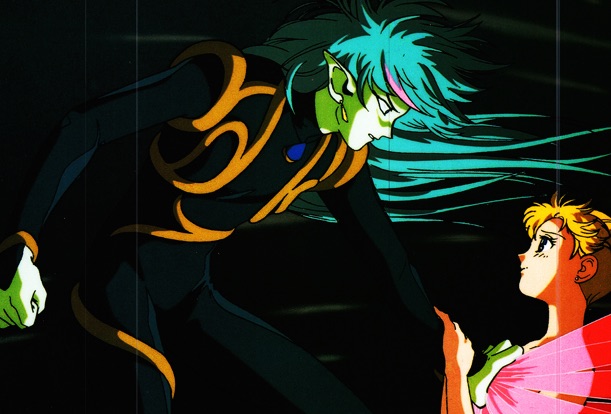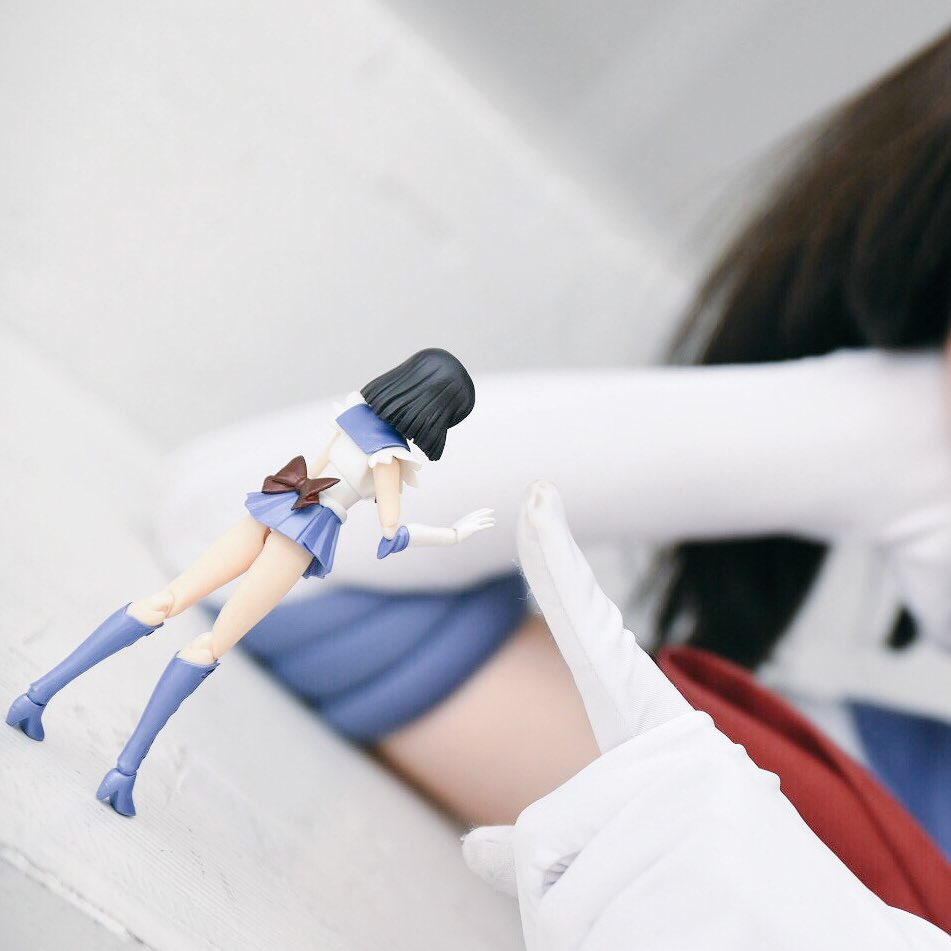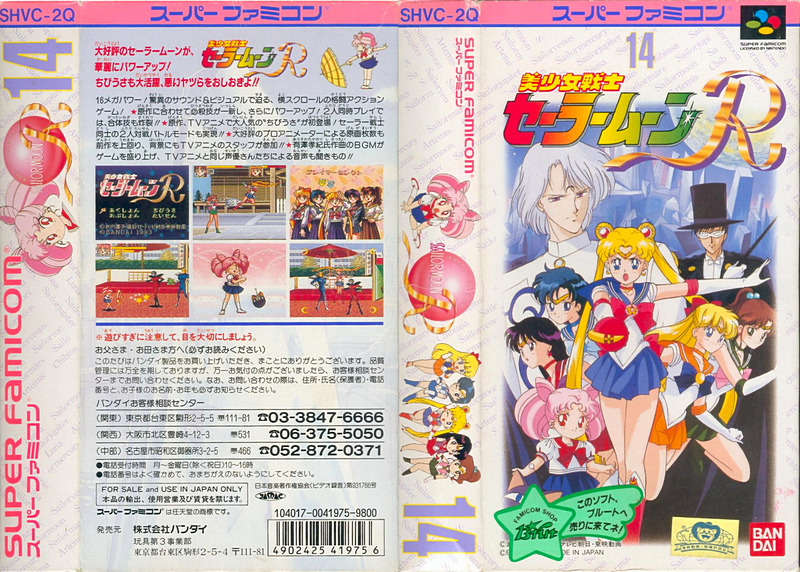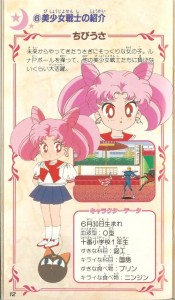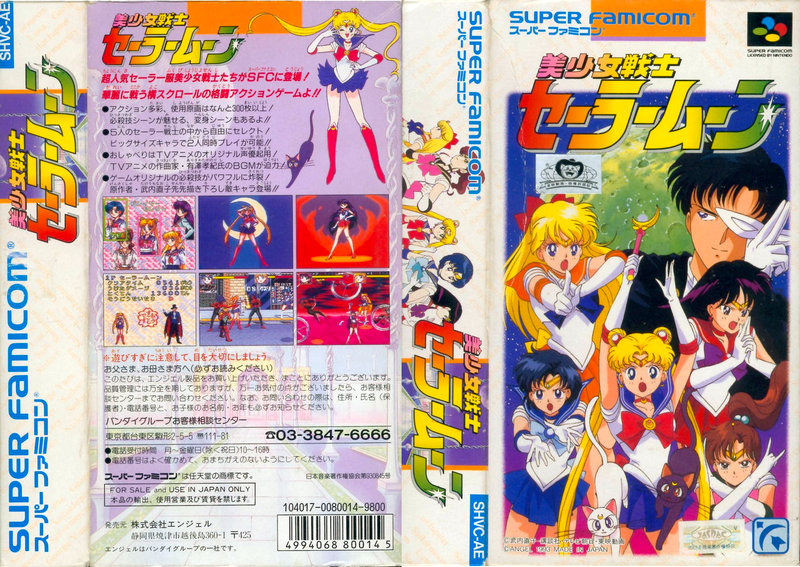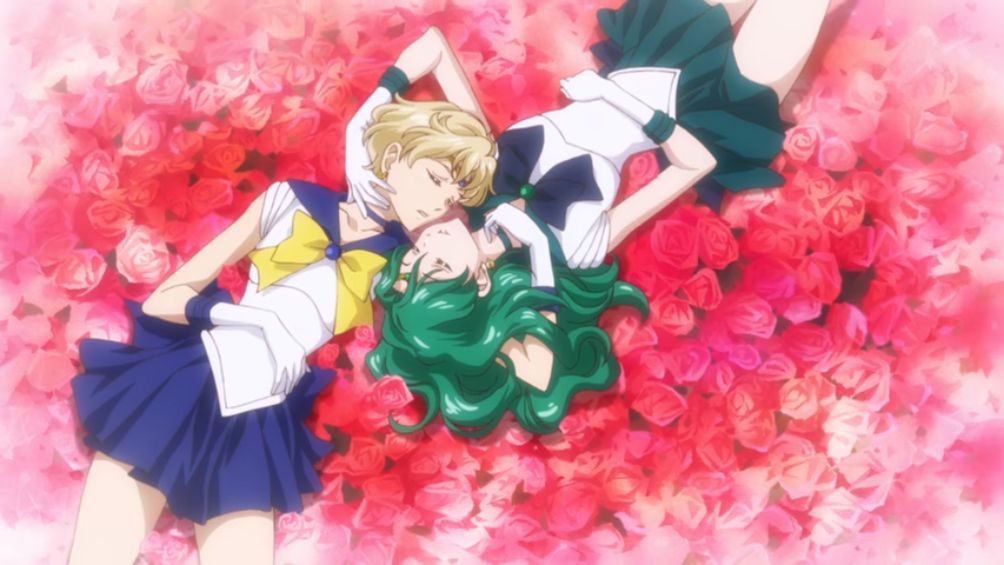
How Did 1990s Sailor Moon Fans See This?
As Sailor Moon‘s popularity began to pick up in the west, and the decision ultimately came down to not continue dubbing the series (despite efforts from the fans), the fans started to reach out on the early internet for more information about the undubbed seasons and about the other, mysterious Sailor Soldiers. Fans went back and forth on the nature of the relationship between the little-known Sailor Uranus and Sailor Neptune – both women! – with people going so far as to make up lies about fake origins, gender transformations, and more.
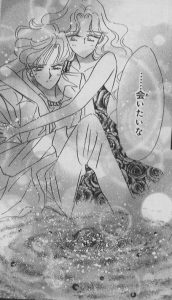
A tender embrace
Though the dust has ultimately settled and, with the more direct statements in the Sailor Moon Crystal, both fans and creators can agree that they are clearly a lesbian couple now, this still leaves it unclear as to how their relationship was viewed in Japan. After all, if there was so much confusion in the US, wouldn’t it be natural for there to be confusion in Japan as well?
While it’s difficult to say what a country believed as a whole, I’m basing much of my statements on an article published by Newtype, one of the top three anime magazines in Japan. This article was published shortly after episode 126 of the anime aired, presumed to be the end of Haruka and Michiru’s story line. The title of the article is:
“Farewell to the Soldiers of Love – The Dramatic Tale of the Soldiers of Forlorn Love, Haruka & Michiru, Comes to an End”
The article is a bit long to provide the English and Japanese in their entirety, but the following is a translation of the relevant parts where the author describes his/her interpretation of episode 110.
“Neptune, took the bullet from Eudial in order to save Uranus’ life. Uranus took her own life with the gun that was used to shoot Neptune. Didn’t you [the staff charged with creating episode 110] find this to be just a little sexy, in addition to its seriousness?”
“I would like you to read the following as just one interpretation of dramatic expression, as that is all it is. Thinking of this in a Freudian manner, a gun is symbolic of male genitalia. Though they appear to be lovers, neither of them has male genitals. Is there some meaning to the fact that the more feminine Neptune took the shot of her own will while the masculine Uranus shot herself of her own will (that’s right, the one who shot and the one to be shot couldn’t be reversed!)? Then, a symbolic so-called gun comes between the two of them (who do not have any male genitalia) and “talismans” are born from their bodies after they have been shot through. Almost as if a child had been born from within them…”
“The relationship between the two of them is reminiscent of the love between a man and a woman, but it was a deeper connection between spirits that was somehow even stronger than that. I think this scene was drawn out amazingly, with a hidden subtext of sexual symbolism of the depth of their relationship.”
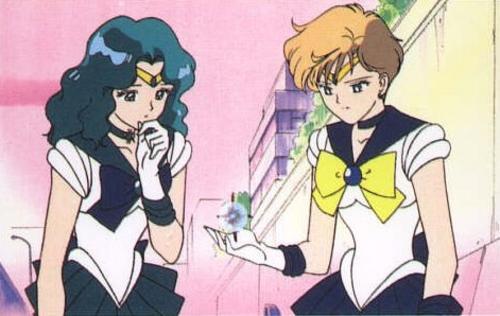
Sailor Uranus and Neptune Investigating a Heart Crystal
The author manages to say both a lot and nothing at the same time, which makes it a bit difficult to interpret. Ultimately, though, I think the takeaway that you can get from this article is that if one of the biggest Japanese anime magazines was talking so frankly about the relationship, it’s fair to say that the general consensus among anime fans at the time was that there was some sort of sexual relationship between the two (even if some people chose to read into it in a Freudian manner).
Considering how important the rise to prominence of homosexual and transgendered characters was to fans in the west, I’m glad to see that it was seen similarly in Japan and hope that it had similar impacts. Though the anime certainly did downplay Haruka’s mixing of genders, the message seems to have gotten across fairly well, as showcased in a tagline underneath a screenshot on the same page:
“Michiru casually responds ‘Well then…’ to Haruka’s risque line of ‘I’m not letting you go home tonight.’ This was a meaningful scene that only the two of them could have.”
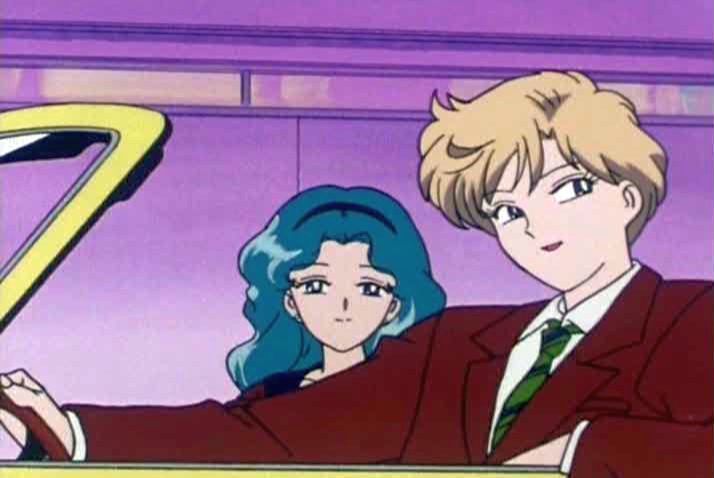
Haruka and Michiru, driving home
As for the sexuality of the other Sailor Soldiers? Well, fan theories are abound and the jury is still out, but it’s at least nice to get a glimpse into what Japanese fans thought of Haruka and Michiru’s relationship back in 1995! This does bring one question to mind, though: did the anime really do less to advance the obviousness relationship, or possibly more? As I re-watch the series, they definitely didn’t shy from anything! What do you think?
